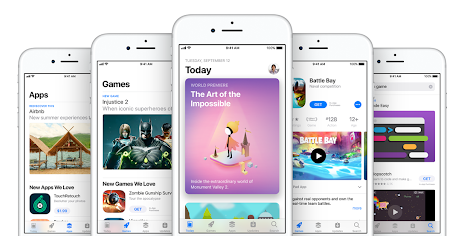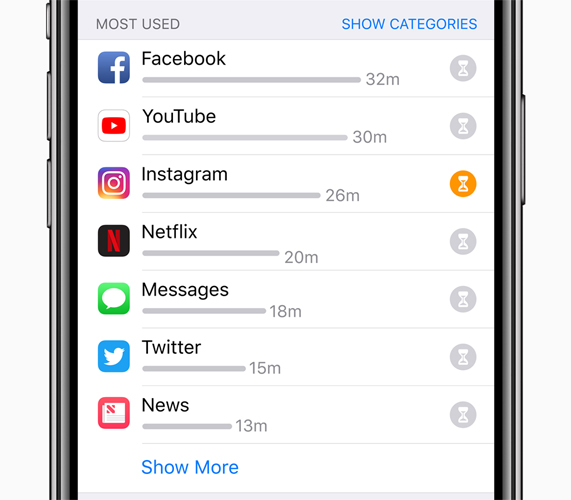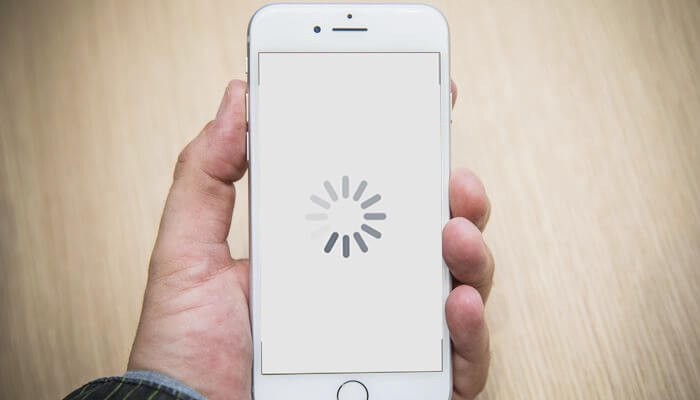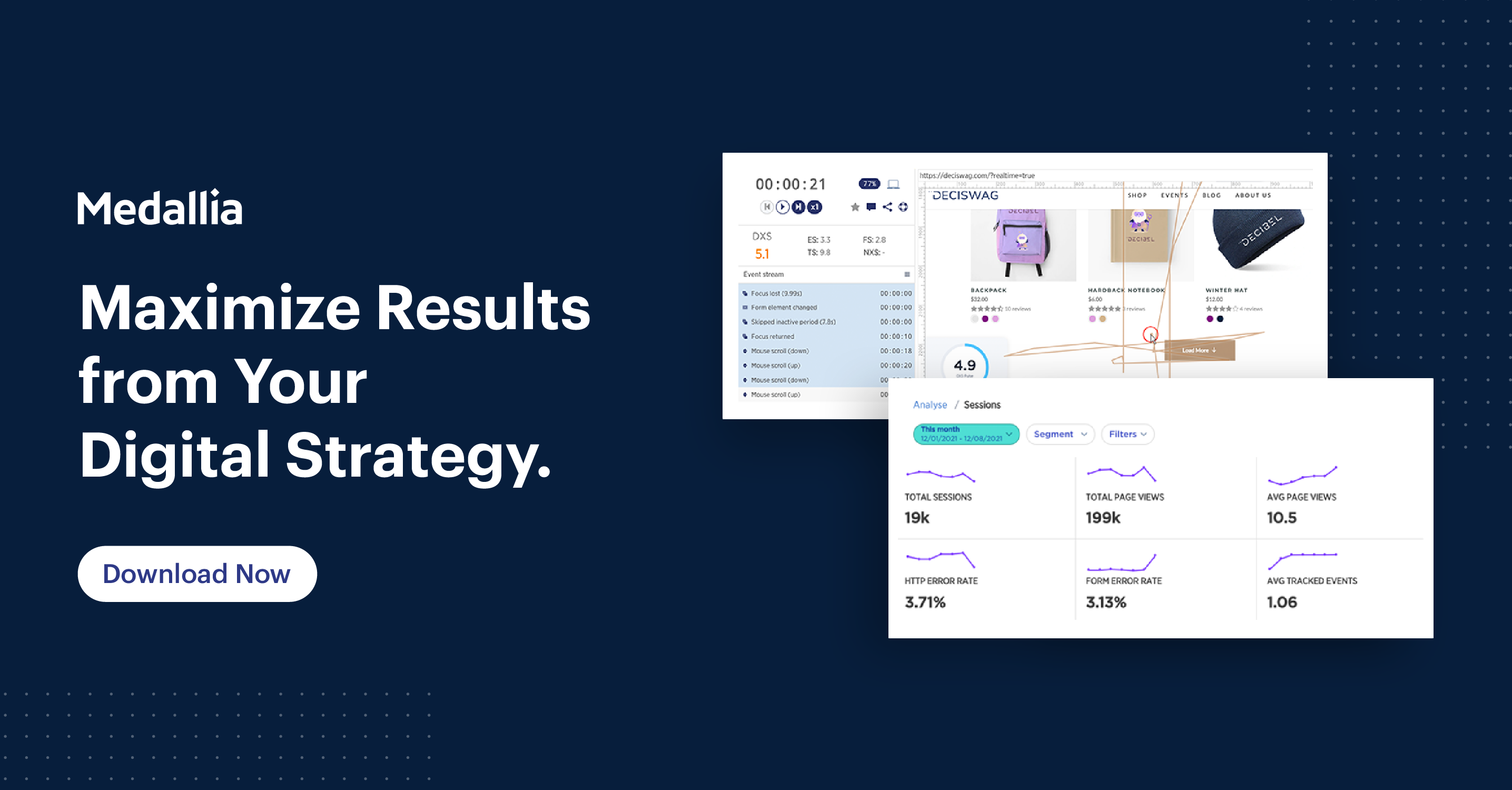Mobile user experience is more than simply shrinking images and fitting your text on a smaller screen. Your mobile app’s user experience is composed of the ease of use, aesthetics, functionality, and more for every individual that interacts with your app.
Your app functionality also reflects your brand reputation, customer retention, and ROI. Mobile apps that provide a positive user experience offer the following characteristics:
By delivering a seamless experience on your mobile app, you’re able to build loyal relationships with your users and boost your bottom line for long-term growth.
So, what do a positive user experience and mobile app trends have in common? Before committing to building or improving your mobile app, it’s important to understand the mobile landscape and insights to inform future decisions. By staying abreast of trends and user behaviors, your app will be more equipped to meet demand in 2021.
To get started, here are the top eight mobile stats you need to know for the upcoming year:
The COVID-19 pandemic shifted the way people interact, conduct business, and consume media. However, the mobile app industry has experienced tremendous growth as people use their phones for different reasons. Mobile app downloads have grown 23.3% since the pandemic, specifically in the work-from-home, food delivery, and fitness segments.

Your app can take advantage of emerging mobile trends by implementing the following features:
- Provide seamless navigation and an accessible shopping experience that makes it easy for users to quickly make purchases.
- Optimize your app for voice search and control as more users avoid touching their smartphones in public situations.
- Invest in in-app and app store ads to increase your mobile engagement and drive more conversions.
As the world begins to adapt to a post-COVID environment, mobile app designers need to be prepared to adjust to how consumers prefer to use mobile devices.
2. Mobile App Downloads are Expected to Increase by 45%
While it’s hard to imagine a world without a smartphone, it’s only been ten years since the iPhone App Store and Google Play store first launched. By 2021, it’s expected that mobile app downloads will reach 258 billion — a 45% increase since 2017. With the increased usage of mobile apps, the industry is now expecting to generate over $156 billion in consumer app spend by 2022.
In an increasingly competitive digital landscape, designers need to create an app experience that is driven by innovation and keeps users opening your application.
3. The Average Adults Spends 3 Hours and 45 Minutes on a Mobile Device Daily
Think of a time you simply left your smartphone at home. Did you feel nervous about it? Were you worried about missing a news update or text? By 2020, consumers spent 3 hours and 45 minutes on their smartphone daily, which was a 9-minute increase from the previous year.
Additionally, users are spending over 2 minutes and 30 seconds more on a mobile app than a web browser experience. While the majority of these apps include social media platforms and digital audio platforms, users now prefer an app experience. Meaning, developing an app instead of just a responsive website could potentially yield higher engagement and conversion rates for your business.
4. Mobile Apps Account for 70% of All Digital Media Time
For the first time, US consumers are using their smartphones more than watching TV. Let that sink in — mobile usage now dominates all media consumption. Through the surge of mobile use, smartphones and mobile apps are now taking over traditional media. 70% of the time spent on digital media is completed in an app, accounting for 89% of total mobile minutes.
It shouldn’t be a surprise that the younger generation (18 to 24-year-olds) are driving mobile app consumption. However, 7 out of 10 baby boomers in the US now own a smartphone and spend 65% of their mobile time in an app. To take advantage of this trend, design your experience with accessibility in mind so users of all ages can enjoy and consume your app’s data.

5. Only 9% of People Will Stay on a Mobile App if It Provides a Poor Experience
The rise of the smartphone has also given birth to the modern consumer’s “I want it now” or “I want to do” mentality when it comes to digital consumption. To win your users’ hearts, you need to provide a useful and valuable mobile experience that meets their needs on their terms.
If you’re unable to provide a positive mobile experience, only 9% of users will continue using your app. To take it even further, 66% of those consumers will perform an action that negatively impacts your brand if they have a negative experience. Such as:
- 40% are less likely to ever return to your app
- 28% are less likely to purchase from your brand
- 29% will search for a competitor
Additionally, providing a poor user experience could lead to the user leaving a negative review for your app in the store.
6. Mobile Users Check Their Smartphones 63 Times a Day
Users are not only spending more time on their smartphone than ever before, but they’re also looking at it more frequently. The average mobile users check their device 63 times a day, increasing 16 points from the previous year. Common impulse triggers include:
- Relationship driven content from social media platforms
- Exposure to data and information from apps or games
- Dating networks and communications
- Ecommerce experiences from shopping, stock trading, and gambling
Unfortunately, the number of times users impulsively check their cellphones is leading to a dependence that affects both physical and mental health attributes. While your mobile experience shouldn’t encourage poor habits, you can utilize your app to inform and educate users on their own terms through preferences or notifications.
7. 70% of Users Will Find Another App if It Takes Too Long to Load
Consumers want immediate gratification when using a mobile app. In fact, 60% of users say they make faster purchase decisions on their mobile device, but 70% will abandon an app if it takes too long to load. It’s a double-edged sword that you need to get ahead of.
To reduce friction on your mobile site, you can consider the following enhancements:
- Eliminate the number of steps a user takes to complete an action
- Implement one-click functionality to streamline conversions
- Optimize form fills by using historical data
- Utilize features likes GPS capabilities to anticipate needs

8. 48% of Users Admit an App Helps Determine Brand Credibility
Your app’s first impression means everything to a first-time user. After all, with an oversaturated mobile landscape, you only have one opportunity to earn their engagement and establish trust for future interactions. In fact, 48% of users feel frustrated during a poor app experience and make snap judgments on the brand’s overall credibility.
Establishing trust not only helps you build a relationship with users, but it can also impact your bottom line. To build credibility on your mobile app, consider the following elements:
- Limit permissions, like entering credit card information or requesting to access photos, until it’s necessary to complete an action.
- Utilize testimonials and customer reviews to highlight past customers’ success stories.
- Provide clear links to your privacy regulations and terms of use pages.
- Display security trust badges to reinforce your app’s security.
Optimize Your Mobile User Experience to Boost Conversions
Heading into 2021, the mobile landscape doesn’t show any signs of slowing down. Between the COVID-19 pandemic driving behavior and more people using their smartphones for every aspect of life, your mobile app needs to focus on providing extended value to consumers. It’s important to use your existing customer data, competitor research, and trending statistics to inform development decisions that will drive long-term success.












